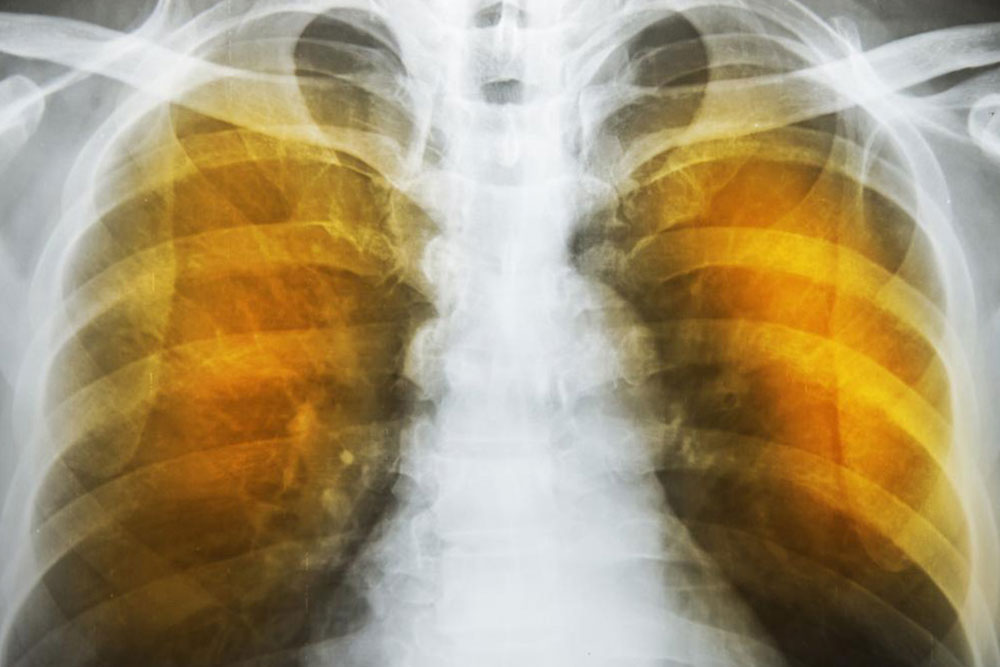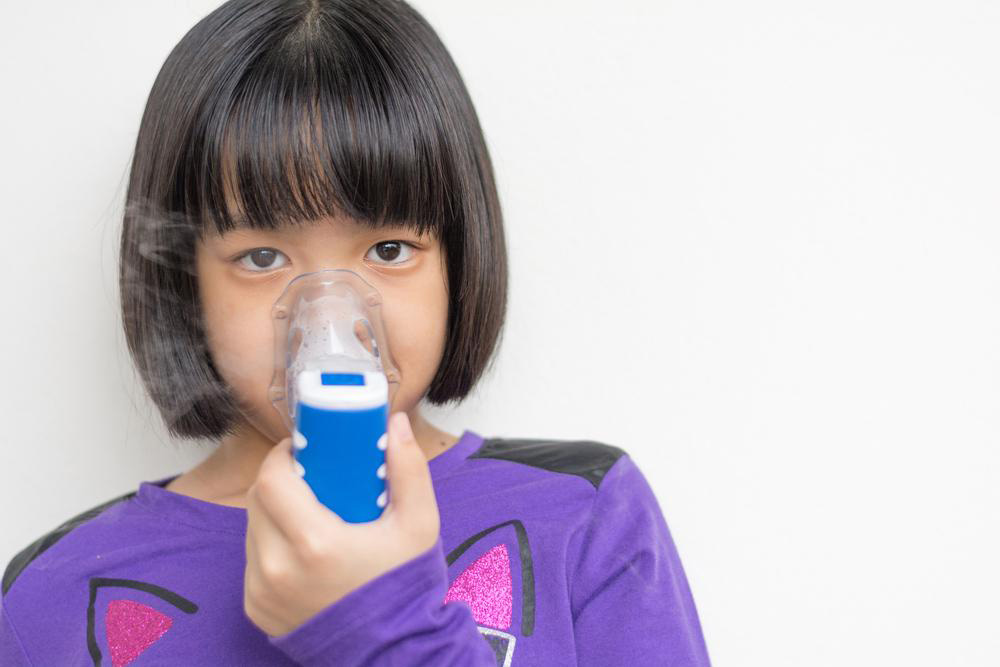Comprehensive Guide to Emphysema: Causes, Symptoms, and Effective Management Strategies
Emphysema, a serious form of COPD, causes damage to lung alveoli leading to breathing difficulties. This comprehensive guide explores its causes, symptoms, prognosis, and effective treatments, emphasizing the importance of lifestyle changes and advanced interventions for improved quality of life.

Frequently Asked Questions About Emphysema
Understanding Emphysema
Emphysema is a progressive, long-term respiratory condition classified under chronic obstructive pulmonary disease (COPD). It occurs when the delicate air sacs in the lungs, known as alveoli, become damaged or destroyed. This damage significantly impairs the lungs' ability to facilitate effective gas exchange, leading to difficulty in breathing and reduced oxygen levels throughout the body. Over time, the walls of these alveoli deteriorate and weaken, causing air to become trapped in the lungs and reducing the efficiency of oxygen transfer into the bloodstream. Many individuals with emphysema also develop features of chronic bronchitis, which is characterized by persistent cough and inflammation of the bronchial tubes. While there is currently no cure for emphysema, medical treatments are focused on symptom management, improving quality of life, and prolonging survival. Understandably, recognizing the causes, symptoms, and available treatment options is crucial for effective management of this debilitating disease.
What Are the Primary Causes of Emphysema?
Smoking: The predominant cause of emphysema is tobacco smoke exposure. Cigarette smoke damages the alveoli—tiny air sacs where oxygen exchange occurs—leading to inflammation and destruction of their walls. Chronic smoking causes cumulative damage, significantly increasing the risk of developing emphysema. The more a person smokes and the longer they smoke, the higher their likelihood of acquiring this lung condition. Even exposure to secondhand smoke can contribute to the risk, especially in vulnerable individuals.
Genetic Predisposition: A rare but significant cause involves genetic factors. A deficiency in alpha-1-antitrypsin (AAT), a protein produced by the liver, plays a vital role in protecting lung tissue from damage caused by enzymes. When AAT levels are deficient, the lung tissue becomes more susceptible to destruction, leading to emphysema even in non-smokers. This genetic condition can cause early-onset emphysema, often affecting younger individuals who are non-smokers.
Common Symptoms Associated with Emphysema
Breathlessness (Dyspnea): One of the hallmark signs of emphysema is progressive shortness of breath, especially during physical activity. As alveolar walls break down, oxygen transfer becomes less efficient, leading to difficulty breathing even at rest in advanced stages.
Chronic Cough and Mucus Production: Persistent cough accompanied by mucus production is common, especially in the mornings. The cough is often dry initially but can become productive as infections or inflammation set in.
Pursed-lip Breathing: Patients often adopt pursed-lip breathing techniques to manage breathlessness. This method creates resistance during exhalation, helping keep the airways open longer and reducing air trapping.
Chest Changes: Many individuals develop a barrel-shaped chest as a result of lung hyperinflation and air trapping. Over time, this alters the normal appearance of the chest, giving it a rounded or enlarged look.
Prognosis and Life Expectancy in Emphysema Cases
Variability Based on Factors: The prognosis for someone with emphysema depends on multiple factors including age at diagnosis, severity of lung damage, lifestyle habits, presence of comorbid conditions, and overall health status.
Impact of Smoking Cessation: Quitting smoking is arguably the single most effective step in improving prognosis. It can slow the progression of the disease and improve a patient's quality of life, thereby extending lifespan.
Early vs. Advanced Stages: Patients diagnosed early and who adhere to treatment plans can often manage their symptoms effectively and enjoy a longer life. Conversely, those with advanced emphysema, characterized by severe lung destruction, may face a reduced lifespan—potentially shortened by several years—without proper management.
Available Treatments and Management Strategies to Improve Lifespan and Quality of Life
Medications: Pharmacological treatments include bronchodilators, corticosteroids, and antibiotics. Bronchodilators relax airway muscles, making breathing easier. Corticosteroids reduce inflammation in the lungs, decreasing symptom severity. Antibiotics are used to treat or prevent respiratory infections, which can exacerbate emphysema symptoms.
Pulmonary Rehabilitation and Lifestyle Changes: Pulmonary rehab programs combine exercise training, nutritional counseling, and education to enhance lung capacity and overall health.Breathing exercises and techniques such as diaphragmatic and pursed-lip breathing help optimize respiratory function. Maintaining a healthy diet and avoiding pollutants or irritants also play critical roles in managing the disease.
Surgical and Advanced Interventions: In severe cases, surgical options like lung volume reduction surgery, which removes damaged lung tissue, or lung transplantation may be considered. These procedures aim to improve breathing efficiency and, potentially, extend lifespan in eligible patients.





